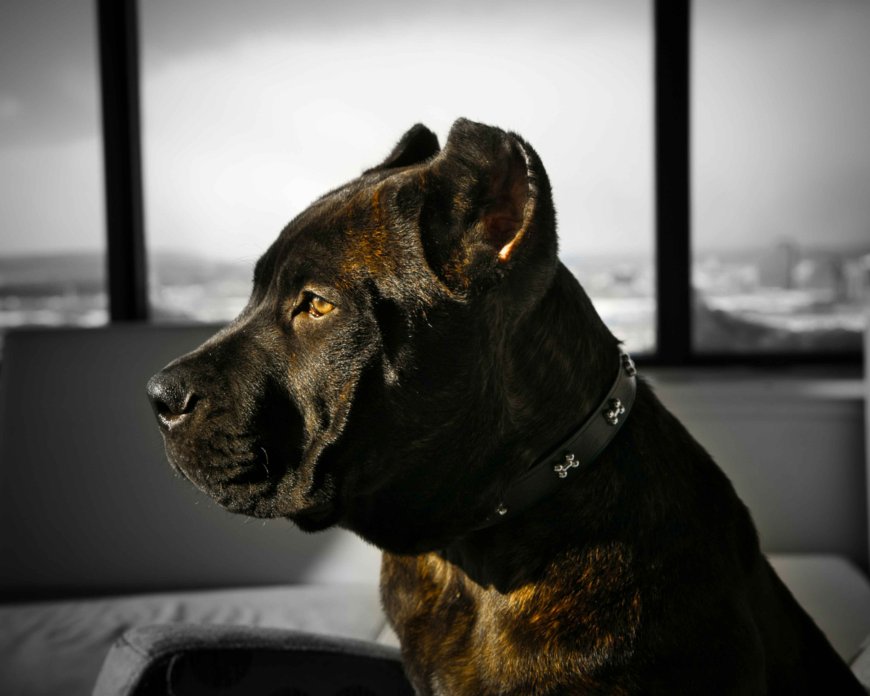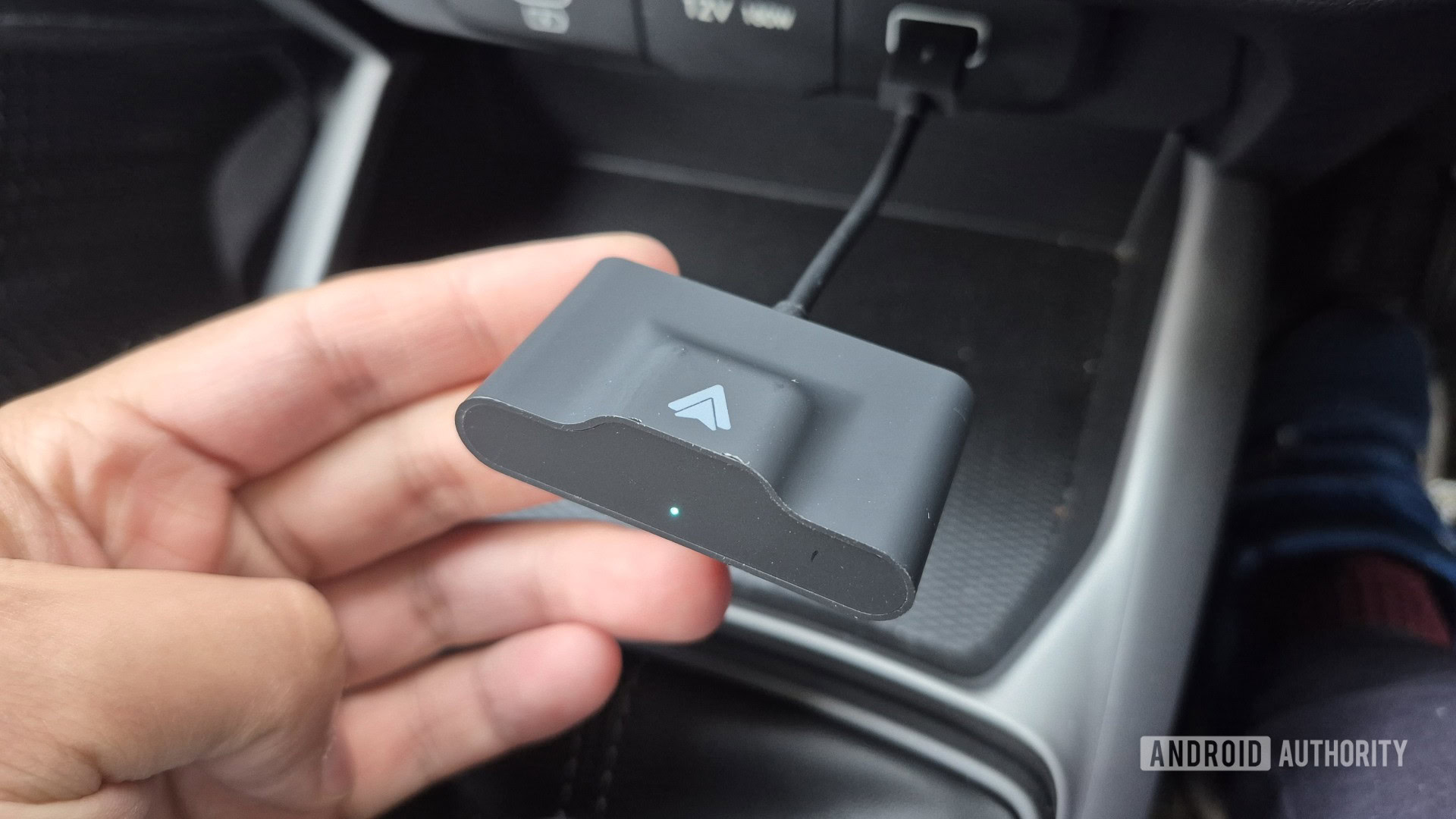Helping Aggressive Dog Breeds Settle into a New Home
Aggressive dog breeds have unique needs due to their strong protective instincts and high energy levels. Effectively managing their transition into a new home is crucial for their well-being and your peace of mind. This guide provides essential strategies to help breeds like Cane Corsos, Bull Terriers, and Belgian Malinois adjust comfortably and successfully.

Bringing different dog breeds into your home can be an exciting journey, but it can also come with its own set of challenges, especially if you’re dealing with dogs that have strong protective instincts. Each dog breed is unique and has specific needs that, when understood, can make the transition into a new home much smoother.
For instance, aggressive dog breeds like Cane Corso and Doberman are known for their loyalty and protective nature, but they often require special care and attention to help them feel secure in their new environment. It’s important to recognize that these dog breeds might need more time to adjust and settle in compared to other, more laid-back breeds.
This guide is here to provide you with simple, practical tips that can help you manage this process effectively. By following these strategies, you can help your new dog, regardless of their breed, feel comfortable and secure in their new home. Whether it’s creating a calm and safe space for them, establishing a consistent routine, or gradually introducing them to new people and surroundings, these steps are designed to make the transition as smooth as possible. Ultimately, these efforts will ensure that your new canine companion starts off on the right paw and feels like a cherished member of your family.

Effective Strategies for Managing Aggressive Dog Breeds
When dealing with aggressive dog breeds, it's essential to understand that aggression can stem from various factors, including fear, anxiety, lack of socialization, or even medical issues. Effectively managing and adjusting the behavior of an aggressive dog requires a comprehensive approach that combines environment management, consistent routines, professional training, and health monitoring. Here are some in-depth strategies to help you create a balanced and well-adjusted dog.
1. Create a Safe Space
One of the first steps in managing an aggressive dog is to establish a safe space where they can retreat when they feel threatened or overwhelmed. This area should be quiet, away from high-traffic zones in your home, and furnished with comfortable bedding, toys, and water. The purpose of this space is to provide your dog with a sense of security and control, which is crucial for reducing anxiety. It's important that this area is not used as a place for punishment, but rather as a sanctuary where your dog can decompress.
2. Establish a Routine
Dogs, particularly those prone to aggression, thrive on routine. A consistent daily schedule for feeding, exercise, and training can significantly reduce anxiety and stress, which are common triggers for aggressive behavior. Regular mealtimes, walks, and play sessions provide structure and predictability, helping your dog understand what to expect and when. This sense of stability can make a world of difference in their overall behavior, as it minimizes the uncertainties that might cause them to react aggressively.
3. Gradual Socialization
Socialization is key to managing aggression, but it must be done gradually and carefully. Aggressive dogs often react negatively to new situations, people, or animals because of fear or insecurity. Begin by exposing your dog to new environments in a controlled and calm manner. Start with quiet, low-stress settings and gradually increase the level of activity as your dog becomes more comfortable. Introduce them to new people and pets slowly, allowing them to observe from a distance before getting closer. Patience is essential here—rushing the process can backfire, reinforcing aggressive tendencies.
4. Positive Reinforcement
Positive reinforcement is one of the most effective tools for modifying aggressive behavior. Rewarding your dog with treats, praise, or affection when they exhibit calm and non-aggressive behavior reinforces the idea that good behavior leads to positive outcomes. It's crucial to remain consistent with this approach; rewarding aggressive or undesirable behavior, even unintentionally, can confuse your dog and undermine your efforts. Over time, consistent positive reinforcement can help your dog associate calm behavior with rewards, gradually reducing aggression.
5. Provide Mental and Physical Stimulation
Aggressive behavior in dogs can often be a result of pent-up energy or boredom. Ensuring your dog receives adequate mental and physical stimulation is vital in managing this. Regular exercise through walks, runs, or playtime helps burn off excess energy that could otherwise manifest as aggression. Additionally, engaging your dog with interactive toys, puzzle feeders, and training exercises can provide the mental stimulation they need to stay focused and calm. A well-exercised and mentally stimulated dog is generally happier and less likely to exhibit aggressive behavior.
6. Seek Professional Training
Dealing with an aggressive dog can be challenging, and in many cases, professional help is necessary. A professional dog trainer or behaviorist who has experience with aggressive breeds can provide tailored strategies to address your dog's specific issues. They can help you identify the root causes of aggression and work with you to develop a comprehensive behavior modification plan. Professional training not only helps in managing aggression but also strengthens the bond between you and your dog, fostering better communication and understanding.
7. Monitor Behavior
Consistent monitoring of your dog’s behavior is crucial in managing aggression. Pay attention to triggers that provoke aggressive responses, such as specific sounds, movements, or situations. Understanding these triggers allows you to avoid or manage them effectively. Additionally, watch for signs of stress or discomfort, such as growling, tensing up, or avoidance behaviors. Addressing these signs early on can prevent an escalation into full-blown aggression, making the adjustment process smoother.
8. Health Check
It's important not to overlook the role of health in your dog's behavior. Sometimes, aggression can be linked to underlying medical issues, such as pain, neurological conditions, or hormonal imbalances. A visit to the veterinarian can help rule out or identify any health problems that could be contributing to your dog’s aggression. Addressing medical issues promptly is a fundamental step in ensuring your dog’s overall well-being and can significantly impact their behavior for the better.
To summarise, managing an aggressive dog breed through following these strategies can help your dog adjust and lead a happier, more balanced life. Regular health checks are also essential in ensuring that any underlying medical issues are addressed, paving the way for a successful behavior management plan. With time and dedication, you can help your dog overcome aggressive tendencies and become a well-adjusted member of your household.
Helping aggressive dog breeds adjust to a new home requires patience, understanding, and consistent effort. By creating a safe environment, maintaining a routine, and using positive reinforcement, you can help your new dog feel more comfortable and secure in their new surroundings.Moreover these dog breeds can be your emotional support animal as well if you need emotional support you can apply for ESA registration. This blog aims to provide practical advice to support a successful transition and foster a positive relationship with your new canine companion.
Useful Resources
What's Your Reaction?
 Like
0
Like
0
 Dislike
0
Dislike
0
 Love
0
Love
0
 Funny
0
Funny
0
 Angry
0
Angry
0
 Sad
0
Sad
0
 Wow
0
Wow
0













































